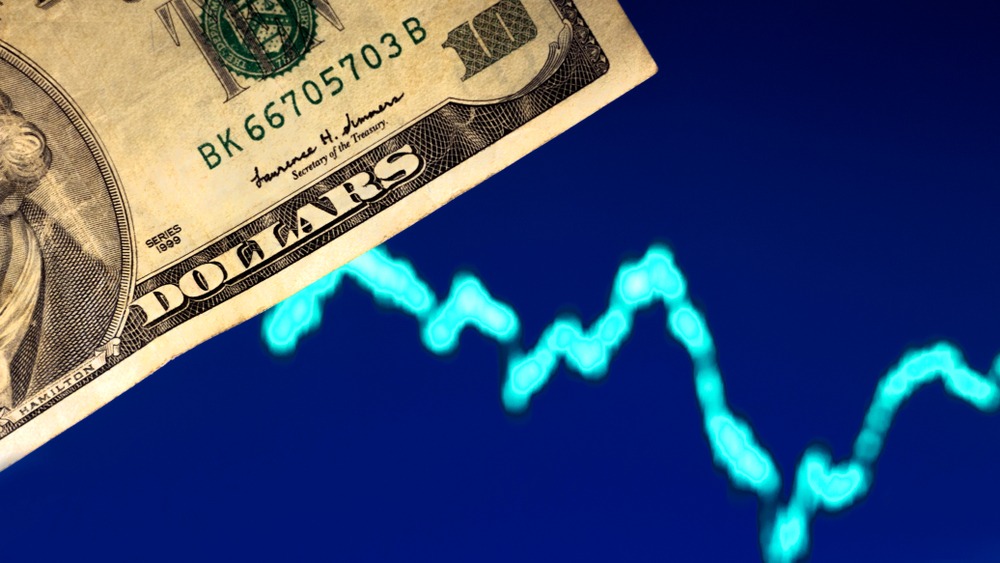The dollar drifted to a one-week low on Friday’s forex trade, ahead of U.S. jobs data. The data may strengthen the market’s hopes for a solid post-pandemic economic recovery. Moreover, to increase investor risk appetite.
At 0728 GMT, the dollar index was at 90.841 down, less than 0.1% on the day. It was headed for a loss of around 0.5% on the week, after its worst day in nearly two weeks on Thursday.
At 1230 GMT, U.S. payrolls data is due and is expected to show that employers hired nearly a million workers last month. They rushed to meet a surge in demand caused by the reopening of the economy. Additionally, by the massive financial help from the government.
Previously, a larger-than-expected drop in jobless claims boosted stocks but the dollar declined. These movements suggest that the dollar, as a safe-haven currency, is hurt by improving risk appetite.
According to Commerzbank strategist You-Na Park-Heger, the dollar could benefit in the short-term from the data.
Currencies Movements
The euro was up 0.1% on the day at $1.207 at 0729 GMT.
Against the dollar, the British pound was at $1.3911 and steady against the euro at 86.79 pence per euro.
On Thursday, the Bank of England said that Britain’s economy would grow by the most since World War Two this year. Moreover, it slowed the pace of its trillion dollar bond-purchasing programme. It stressed, however, that it was not reversing its stimulus.
Last month, China’s exports unexpectedly sped up and import growth hit a decade high. This helps to push the yuan and Asian stocks higher.
Versus the dollar, China’s yuan was at a more than two-month high. It’s on track for its longest weekly winning streak since September. Strong trade data and a softer dollar helped lift the yuan.
For antipodean currencies, the Australian dollar was down 0.3% versus the greenback at 0.77645. The New Zealand dollar, on the other hand, was down 0.4% at 0.72125.
A strong rally in the prices of Australia’s top export earner, iron ore, has supported the Aussie.
Australia’s central bank upgraded forecasts for the country’s economy, though inflation and wages growth were lagging. This was a sign that monetary policy will remain highly accommodative for years to come.
The Canadian dollar dipped 0.2%, after surging on Thursday to its strongest in more than three years against the U.S. dollar.
















